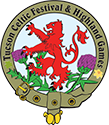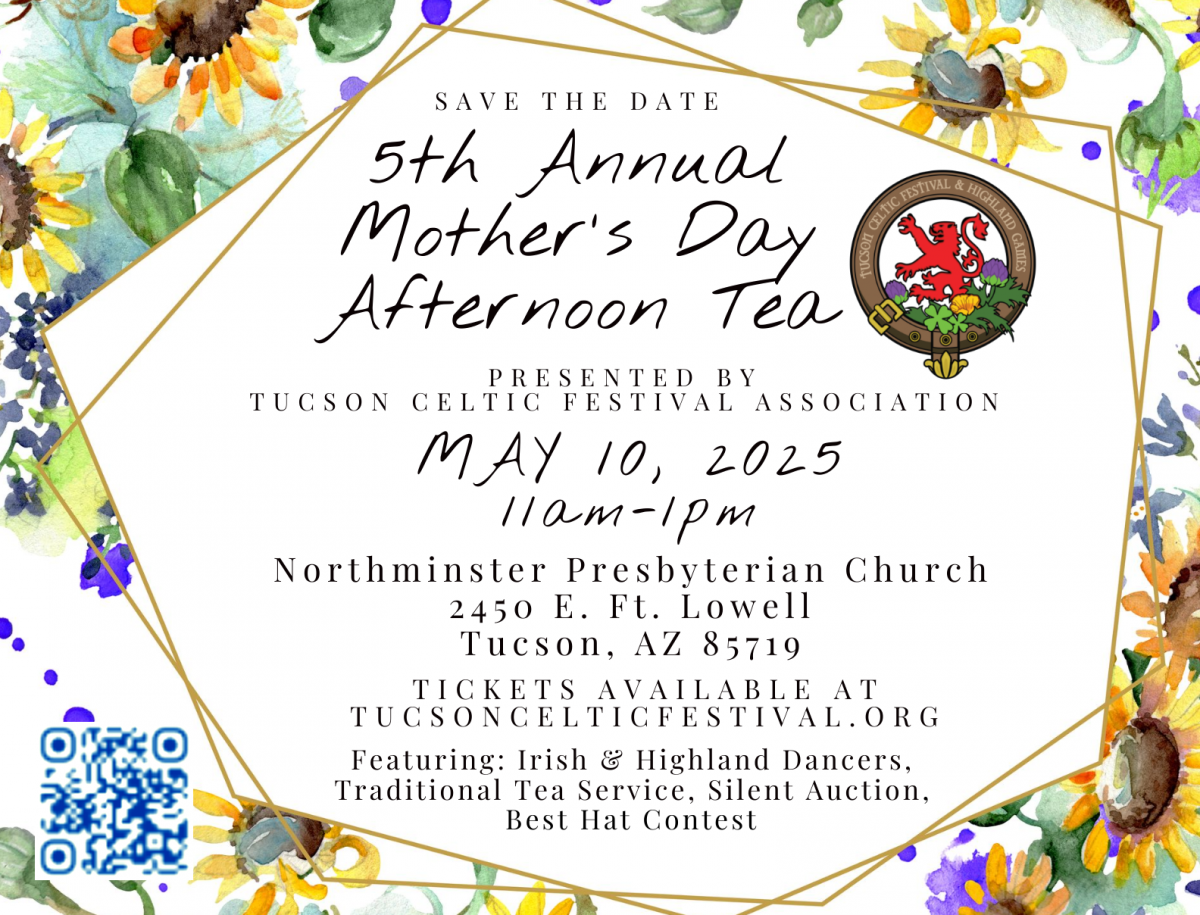Annual Events
Each year the Celtic Community comes together to celebrate many annual events. Two crowd favorites are St. Patrick's Day and the Tartan Day Celebration. If you are part of an organization and would like us to feature your event, please email us your one-page story telling us about your organization, event, and why you would like to be considered. Requests should be emailed to tucsoncelt1@gmail.com. Thank you!
St Patrick's Day Weekend
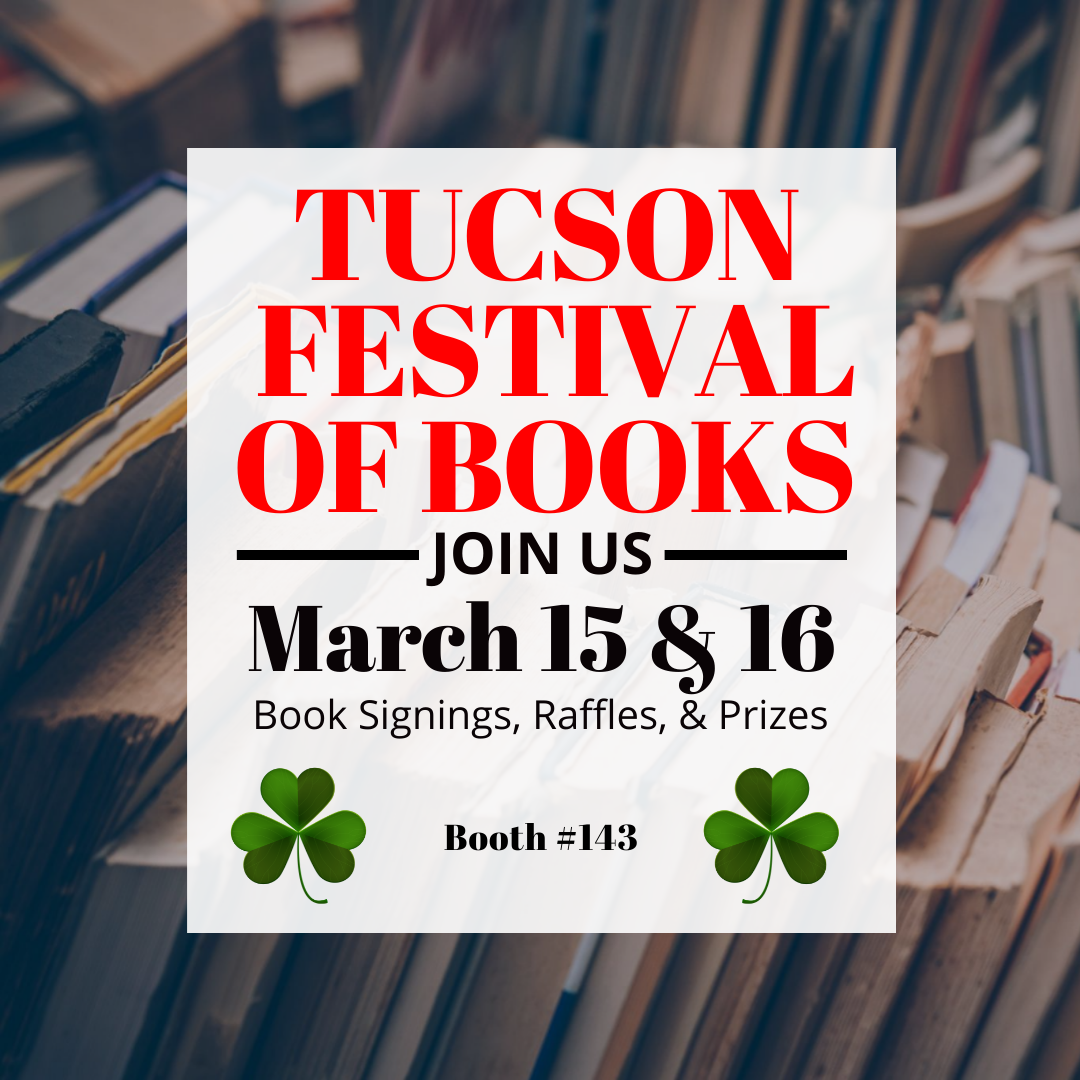
Please join us at the 2025 Tucson Festival of Books Booth #143
March 15 & 16, 2025
Win a prize on our Spin-To-Win Wheel!
Raffles
Scholarship Information
2025 Festival Information
and
Come Visit Our Featured Celtic Authors during their Book Signing Hours!
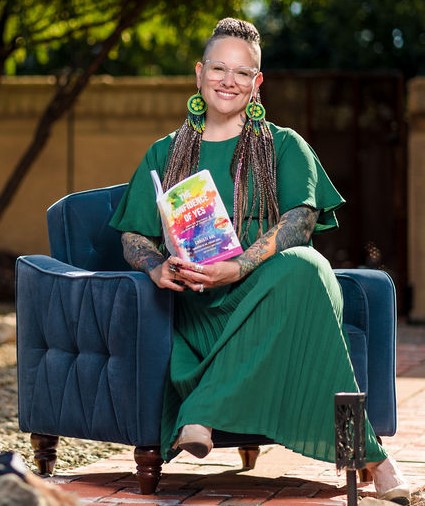
Christi Ahl
from 10:30am to 12:30pm and 1:30pm to 3:30pm SAT & SUN

Kellyanne Hale
from 2:30pm to 5:30 pm SAT. She will also be available in the Indie Author Panel from 10:00am to 1:00pm on SUN.

Jude Johnson
from 10:30am to 2:30pm SAT & 10:30am to 12:30pm and 2:30pm to 4:30pm SUN
Go to https://tucsonfestivalofbooks.org/ for more infomation under Exhibitors - Tucson Celtic Festival Association to fine more info about our Authors and The Tucson Festival Of Books.
Tartan Day
What is Tartan Day?
Tartan Day is a national celebration of Scottish heritage held in the United States and Canada on April 6 to commemorate the signing of the Declaration of Arbroath. This document asserted Scotland’s sovereignty over England’s territorial claims and influenced the American Declaration of Independence. In addition to honoring the importance of this document, Tartan Day honors the many achievements made by Scottish Americans in the United States.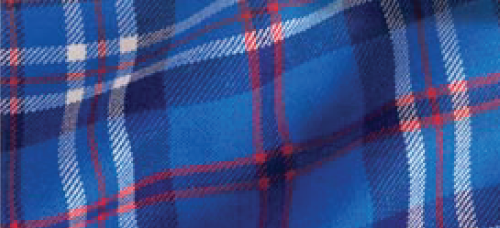
You’re invited to the Annual Tartan Day Scottish Festival. You don’t have to be Scottish to enjoy this fun, family event. There will be live Celtic music, dance performances, food trucks, a great selection of local beers, fun for the wee ones, and much more. Check back or follow us on Facebook for future event details.
A History of Scottish Kilts
Scottish kilts are known as “The National Dress of Scotland” and are a highly recognized form of dress throughout the world. Kilts have deep cultural and historical roots in the country of Scotland and are a sacred symbol of patriotism and honor for a true Scotsman. The word "kilt" is a derivation of the ancient Norse word, kjilt, which means pleated, and refers to clothing that is tucked up and around the body.
Scottish kilts originate back to the 16th century, when they were traditionally worn as full length garments by Gaelic-speaking male Highlanders of northern Scotland. They were referred to as a léine, Gaelic for “shirt” and typically, the garments were draped over the shoulder or pulled over the head as cloaks. The wearing of Scottish kilts was common during the 1720s, when the British military used them as their formal uniforms. The knee-length kilt, similar to the modern kilt of today, did not develop until the late 17th or early 18th century.
Early Scottish kilts were made using self-colored garments, which were white or dull brown, green or black as opposed to the multicolored plaids or tartan designs recognized today. As dyeing and weaving techniques improved during the late 1800s, tartan patterns were developed, and these plaid designs became native to Scotland using tartan cloth.
In an effort to repress Highland culture, King George II imposed the Dress Act of 1746, which made it illegal for the Highland regiments to wear garments resembling any form of Highland dress, as well as the tartan kilt. However, the kilt continued to be worn as a fashionable garment by the Scottish romantics and became a form of protest against the oppression from the English government. The ban was lifted in 1782, at which time the kilt became an enduring symbol of Scottish identity.
– Courtesy of AuthenticIreland.com
TARTAN DAY

Mother's Day Afternoon Tea
